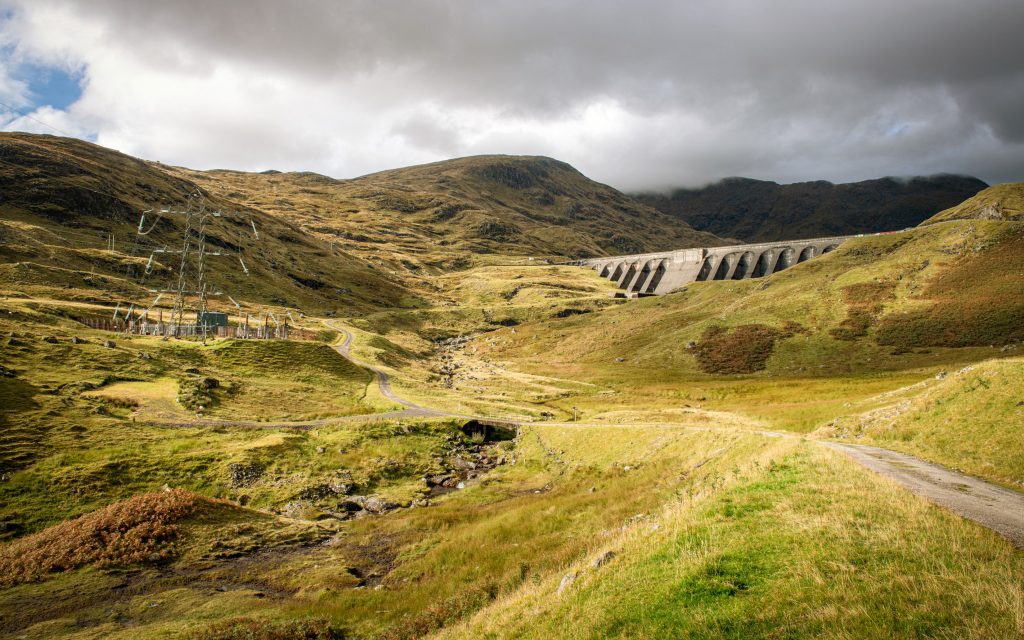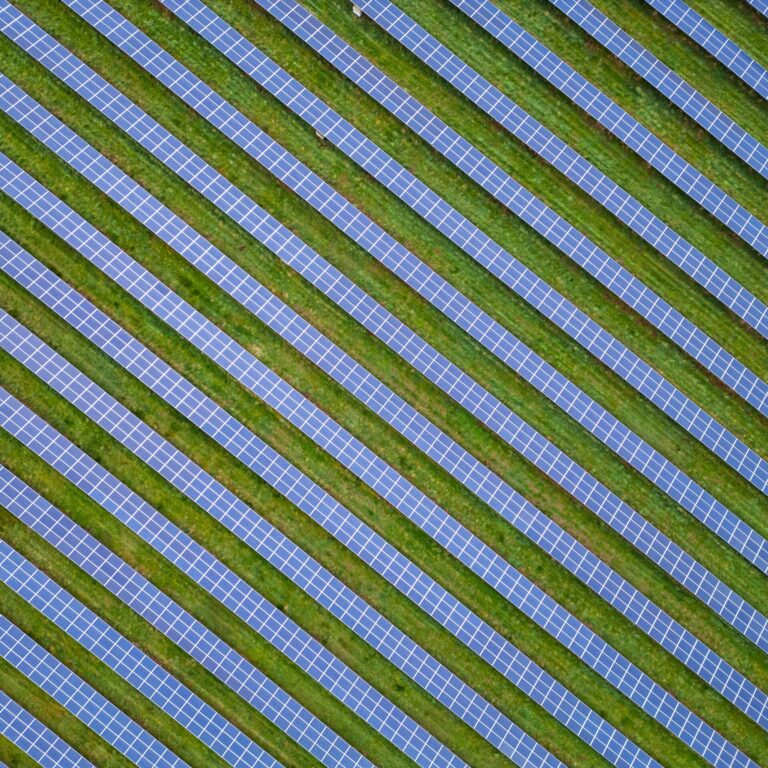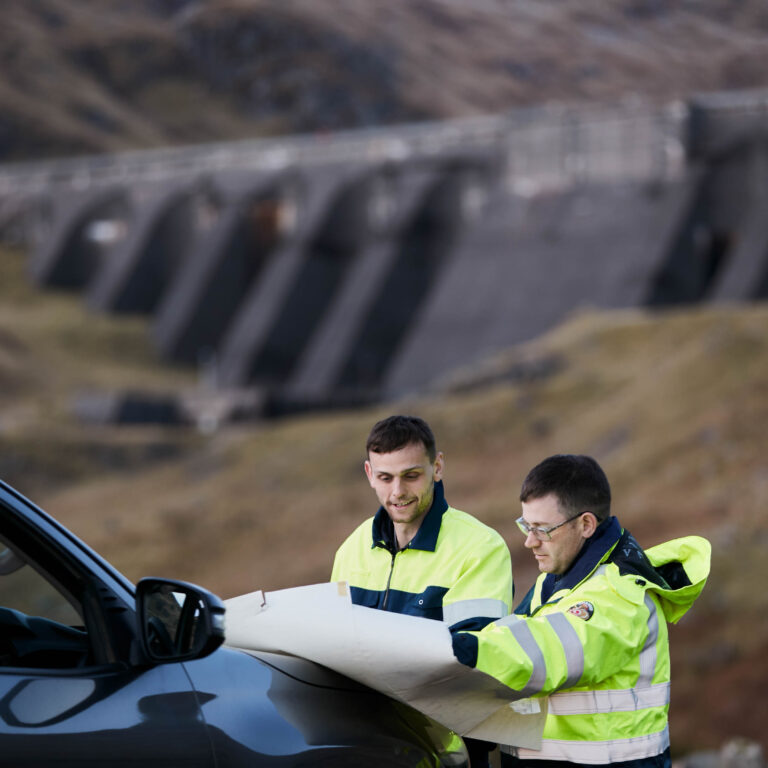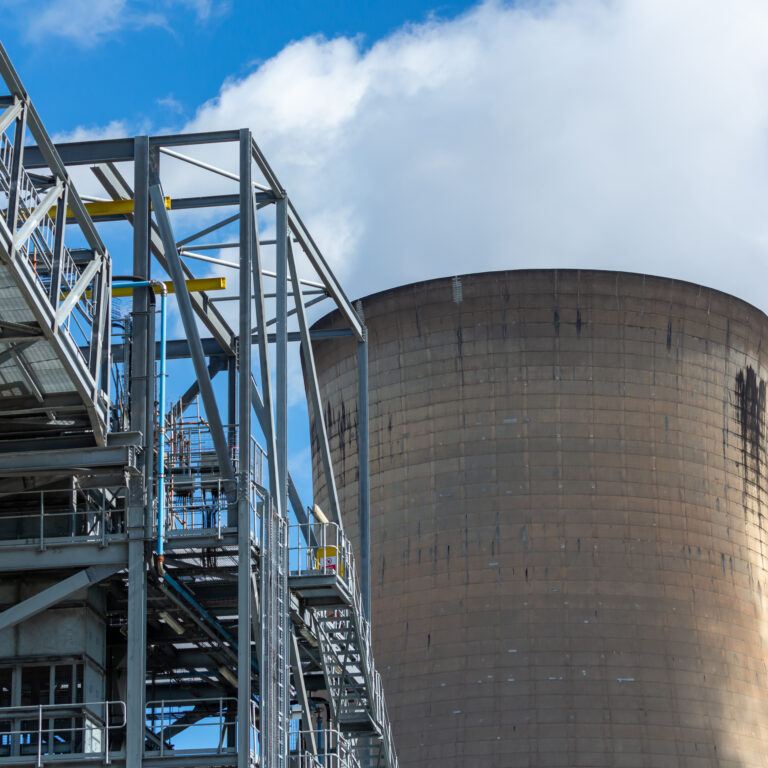-
Drax Group’s Cruachan Power Station, a hydroelectric pumped storage plant in Scotland, has started to provide National Grid ESO with vital system support services as part of a six-year contract.
-
One of the power station’s generating units will provide support services such as inertia to keep power supplies secure without generating any electricity and enable more wind and solar power to come online.
-
Drax is the first of five providers to supply system support services to the grid in a move expected to save consumers more than £120m over the course of the contracts.
The new six-year partnership with National Grid Electricity System Operator (ESO), which is responsible for balancing supply and demand for electricity in Great Britain, is part of a world-leading approach to managing the decarbonisation of the grid – securing electricity supplies, saving consumers money and helping to enable more wind and solar power.
Cruachan Power Station has four generating units and under the terms of the contract awarded in January one of those will provide the grid with support services including inertia, which helps to keep the electricity system running at the right frequency to reduce the risk of power cuts.
It will achieve this through using a small amount of power from the grid to spin the turbine 600 times every minute offering inertia to the grid to manage changes in frequency without generating unneeded electricity.
Will Gardiner, Drax Group’s CEO, said:
“Drax is a leading provider of system support services in Great Britain. This new partnership underlines our commitment to enabling a zero carbon, lower cost energy future.
“Cruachan has played a critical role in the growth of renewables over the last decade and this new contract will enable more wind and solar power to come onto the grid in the years ahead.”
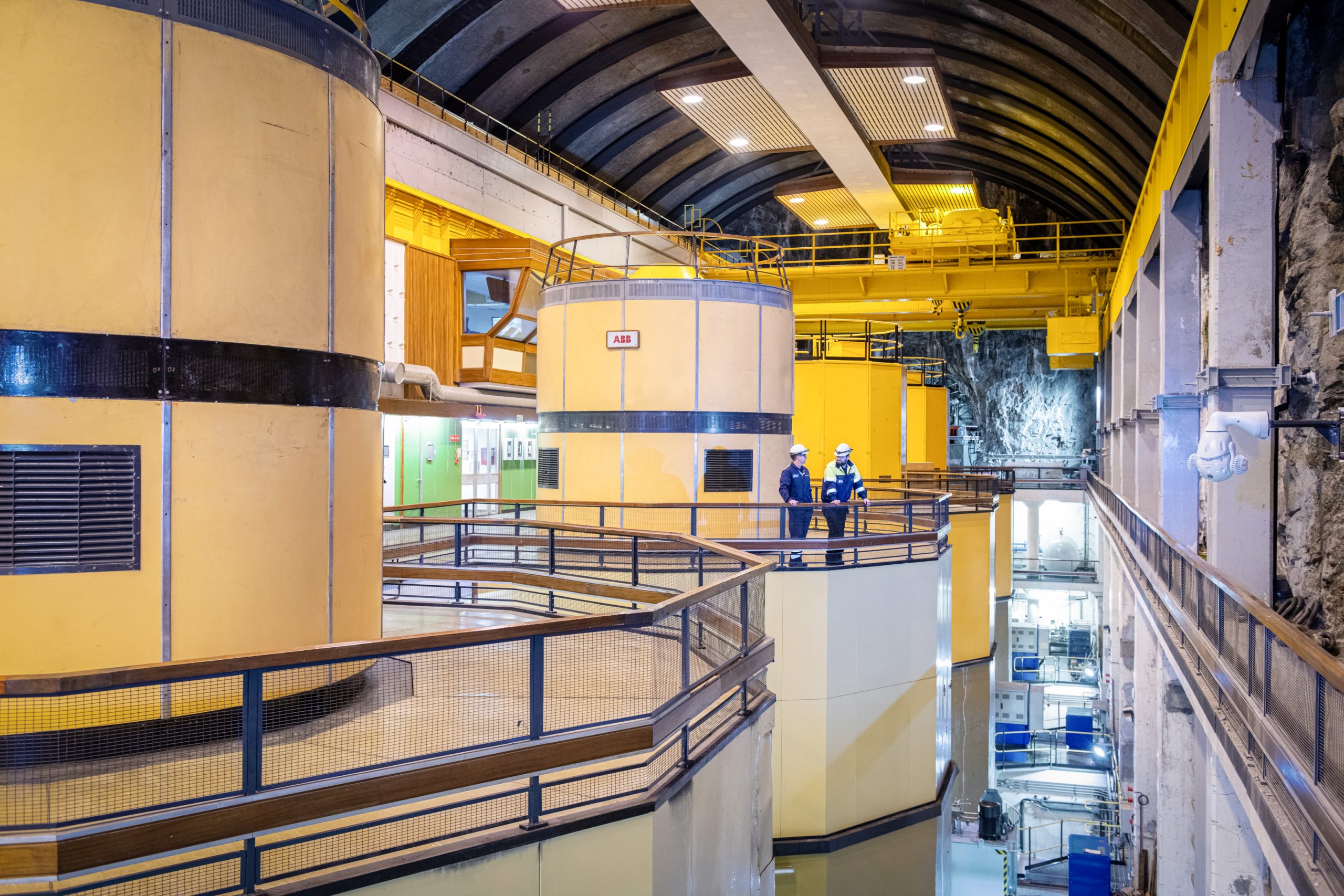
Engineers look out from beside a turbine within Cruachan Power Station in Scotland [Click to view/download]
Through the stability tender the ESO has procured the equivalent amount of inertia as would have been provided by around five coal-fired power stations – and in the process will save consumers up to £128 million over six years.
Julian Leslie, ESO Head of Networks said:
“The GB electricity system is one of the most advanced in the world, both in terms of reliability and the levels of renewable power, and we’re really excited to be adding to that with this new approach to operating the grid.
“Our contracts for stability services with providers such as Drax are cheaper and greener, reducing emissions and saving money for electricity consumers.
“This approach – creating a market for inertia and other stability services – is the first of its kind anywhere in the world and is a huge step forward in our ambition to be able to operate the GB electricity system carbon free by 2025.”
Cruachan power station, in Argyll, is a unique pumped hydro storage plant located in the hollowed-out Ben Cruachan mountain. Using its reversible turbines, the station pumps water from Loch Awe to fill an upper reservoir on the mountainside at times when demand for electricity is low. This process allows the plant to act like a giant battery to store the water for when it is needed. When demand increases, the stored water can be released through the plant’s turbines to generate power quickly and reliably.
ENDS
Notes to editors
- Inertia is a system support service which acts like a shock absorber helping to control changes in frequency, to ensure the grid maintains a frequency of 50Hz. Without having enough inertia available to reduce the rate of frequency changes which occur on the system, the grid is more vulnerable to power cuts.
- You can read more about National Grid ESO’s innovative approach to securing stability services on their website.
- As part of the stability tender the ESO has also secured contracts for system support services with Rassau Grid Services (Welsh Power), Statkraft, Triton and Uniper.
- Top image caption: View of Cruachan hydroelectric power station dam in Scotland [Click here to view/download]
Media contacts:
Aidan Kerr
Drax Group Media Manager
E: [email protected]
T: 07849 090 368
Alex Roache
National Grid ESO External Affairs Officer
E: [email protected]
T: 07790 603 991
About National Grid Electricity System Operator (ESO)
National Grid ESO – a legally separate business within the National Grid Group – uses a mix of power generation to balance Great Britain’s electricity system and ensure that, whatever the mix, electricity is always there when it’s needed.
ESO’s mission is to enable the transformation to a sustainable energy system and ensure the delivery of reliable and affordable energy for all consumers. It works with stakeholders across the whole energy system to plan for future requirements on the electricity networks, using insight it gathers to make sure it can balance the system today and find opportunities to transform the way it operates the system in the future.
About Drax
Drax Group’s purpose is to enable a zero carbon, lower cost energy future and in 2019 announced a world-leading ambition to be carbon negative by 2030.
Its 2,900-strong employees operate across three principal areas of activity – electricity generation, electricity sales to business customers and compressed wood pellet production.
Power generation:
Drax owns and operates a portfolio of flexible, low carbon and renewable electricity generation assets across Britain. The assets include the UK’s largest power station, based at Selby, North Yorkshire, which supplies five percent of the country’s electricity needs.
Having converted two thirds of Drax Power Station to use sustainable biomass instead of coal it has become the UK’s biggest renewable power generator and the largest decarbonisation project in Europe.
Its pumped storage, hydro and energy from waste assets in Scotland include Cruachan Power Station – a flexible pumped storage facility within the hollowed-out mountain Ben Cruachan. It also owns and operates four gas power stations in England.
Customers:
Through its two B2B energy supply brands, Haven Power and Opus Energy, Drax supplies energy to 250,000 businesses across England, Scotland and Wales.
Pellet production:
Drax owns and operates three pellet mills in the US South which manufacture compressed wood pellets (biomass) produced from sustainably managed working forests. These pellet mills supply around 20% of the biomass used by Drax Power Station in North Yorkshire to generate flexible, renewable power for the UK’s homes and businesses.
For more information visit www.drax.com/uk






